Where is the line between compliment and harassment at work? INAIL’s vademecum now online.
On 8th March 2021 INAIL posted an interesting pamphlet titled Understand to prevent events of harassment and violence at work.
INAIL’s Guarantee Committee’s aim is to spread knowledge about behavior that can be qualified as physical harassment or threats at work.
Regarding this, we should also remind that employers are obligated, by law n. 2087 of the Civil Code: “to ensure work conditions that guarantee workers’ physical and moral safety, and their dignity, this aim should be pursued even involving associations and unions into the creation of informative and educational initiatives, in order to prevent sexual harassment at work”.
But how can we do that?
Usually victims can’t point the origin of their discomfort, and they end up blaming themselves, isolating or even to quit their job. This way employers or coworkers, witnessers, run the risk to not be fully aware of the weight of the behaviors they saw happening, and they frame them as more or less goofy flirting.
INAIL says: “Everyone, in the work environment, shall feel free to say that they find a behavior offensive or inappropriate and expect the others to respect them. An involuntarily offensive behavior can be easily fixed without causing further problems. The aim is to create a work culture that makes everyone feel listened and respected. Sexual harassment, instead, violated human dignity and creates an intimidating, hostile, degrading or humiliating work environment.”
In detail, the vademecum describes as harassment any behavior that can be traced back to:
- physical harassment: touch, hug, kiss, stare;
- verbal harassment: sexual allusions, comments, pranks, sexual jokes;
- digital harassment: texts, email, explicit messages, inappropriate or offensive avances on social networks etc.
The guide also takes into consideration psychological violence as shouts, offenses, exclusion from social events, less involving tasks etc.



